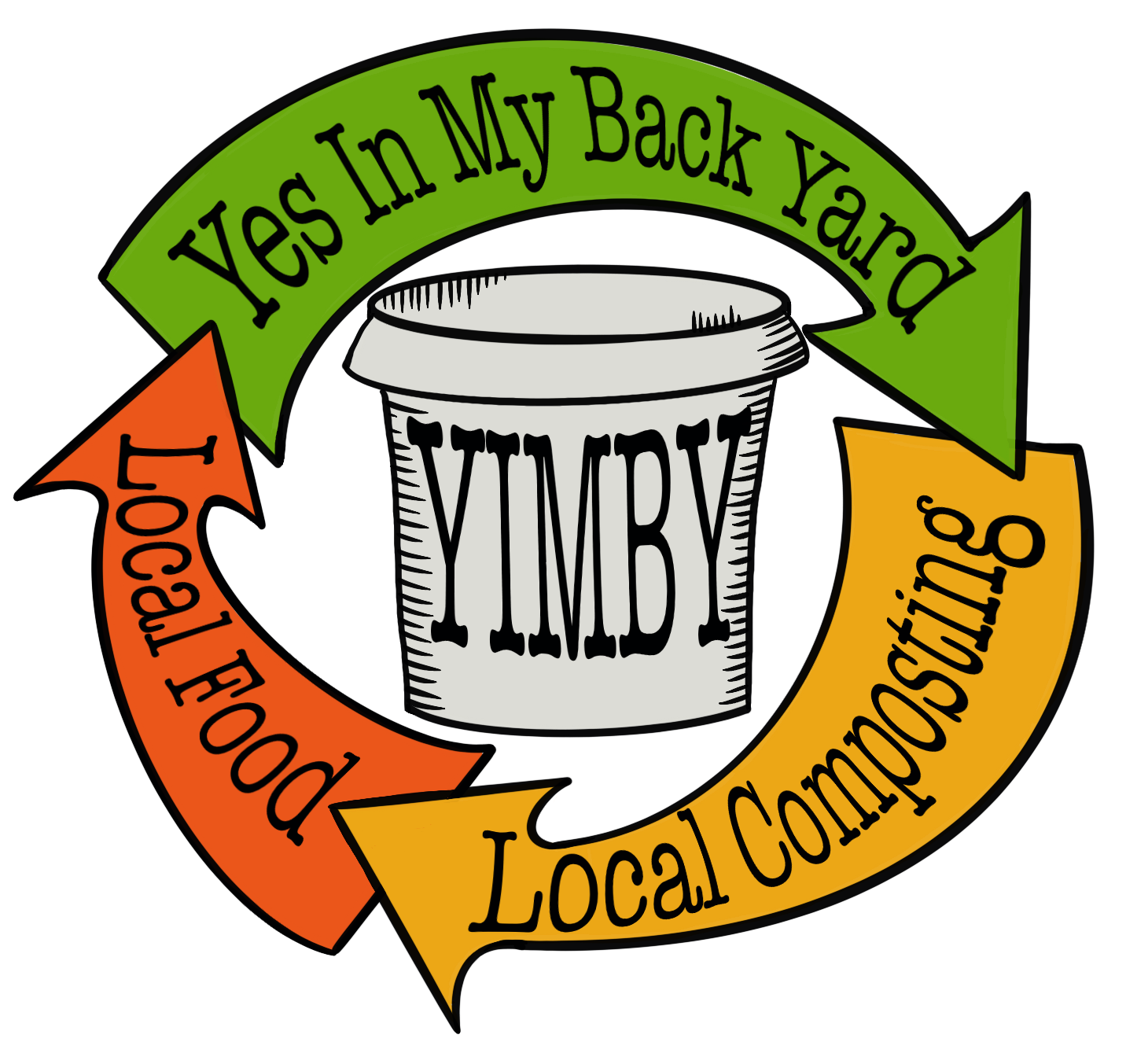The good manure
Animal manures can be fantastic additions to our compost recipe, in fact their use pre-dates deliberate compost making in the Western tradition.
In traditional English and European agriculture, animal manures, rather than compost were the main form for returning fertility to the soil. Farms almost always included a diversity of animals; horses, ‘house’ cows or goats, sheep, cattle or pigs and chooks.
Many of these animals were kept in barns over winter on straw ‘bedding’. Come spring, the build-up of manure and straw would be ‘mucked out’ and spread as a fertiliser on the cropping fields.
If this diversity of animal manures, mixed with a very generous helping of bedding straw, sounds like a recipe for pretty good compost, you’d be right…
And this is the role it played on the farm, as a kind of proto-compost.
This practice of returning nutrients to the soil was disrupted by the industrial revolution, with tractors and machinery replacing horse (and human) power, artificial fertilisers replacing animal manures and herbicides, pesticides and fungicides starting to disrupt natural cycles of growth and decay.
Despite these changes in agricultural practice, we still have a range of animal manures available to us in the early 21st century. The problems we encounter as compost makers (not living on traditional farms) is lacking that amazing diversity of manures, not knowing how much bedding is mixed in (straw or, often now, sawdust) and not knowing the treatments or management practices of the animals..
Let’s have a look at each of these issues.
We often get bagged or bulk manure from just one animal species. We can do our own blending for diversity, but will need to get manures from a range of sources.
Knowing how much bedding is in a manure ‘mix’ can be difficult. Manures are generally nitrogen-rich, but if there is lots of straw and sawdust (carbon-rich ingredients) in the mix, we might be looking at an ingredient that is closer to being balanced than the nitrogen-rich ingredient we were expecting. More on this in the coming weeks.
The final issue concerns how the animals have been managed and looked after. This can include issues such as knowing when worming treatments have been administered (not so good for our compost worms either) or the health and general condition of the animals, which will affect the quality of the manure.
Over the next few issues we will delve into the specifics of the manure from a particular animal, what we need to look out for and how they will work best in our compost.
AUTHOR: JOEL MEADOWS
Joel Meadows works with *Yes In My Back Yard, (YIMBY), a community-scale composting initiative in Castlemaine and surrounds. Send questions or comments to hello@yimbycompost.com or to book in for a compost workshop!
This was first published in the Midland Express on 8 October 2024

